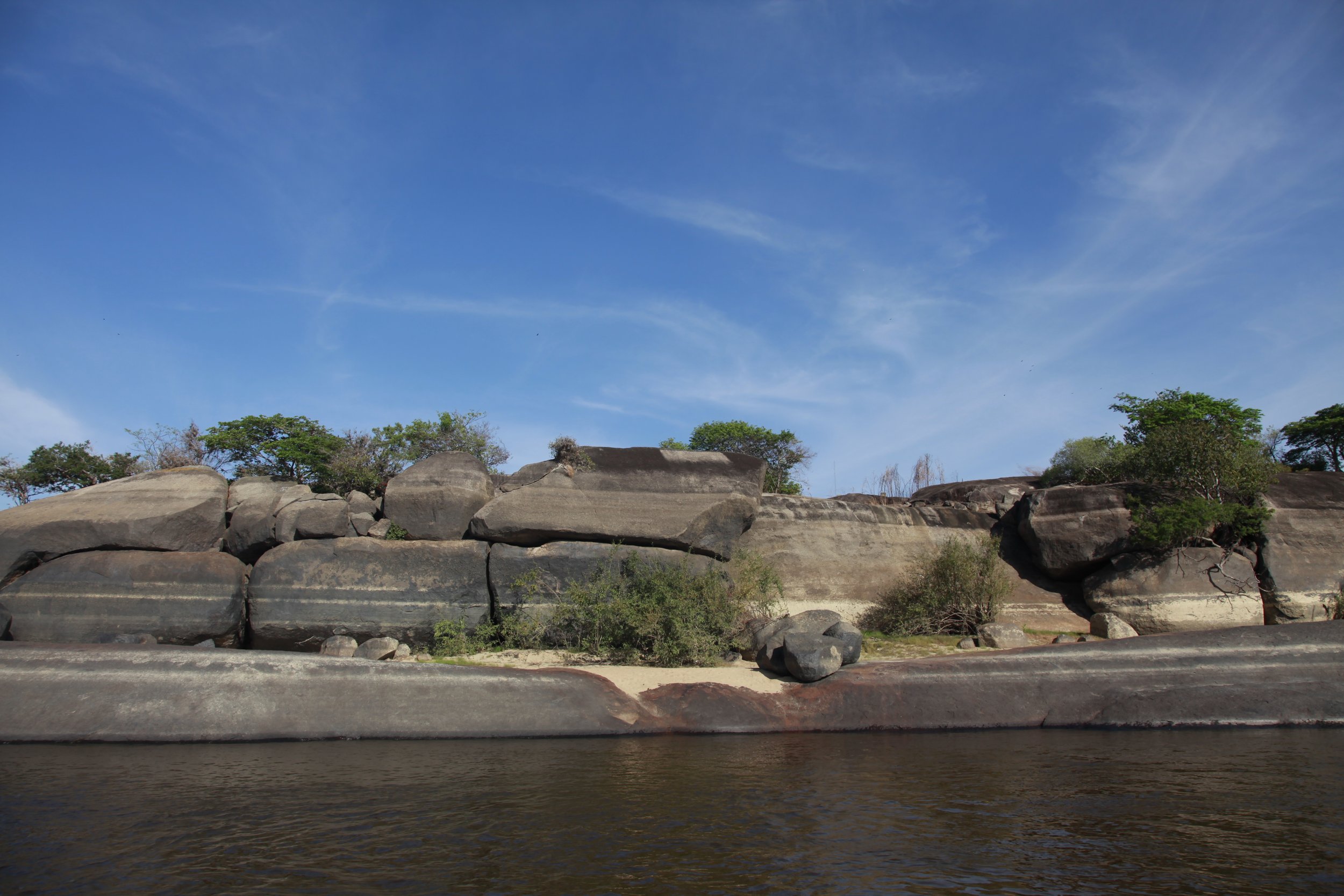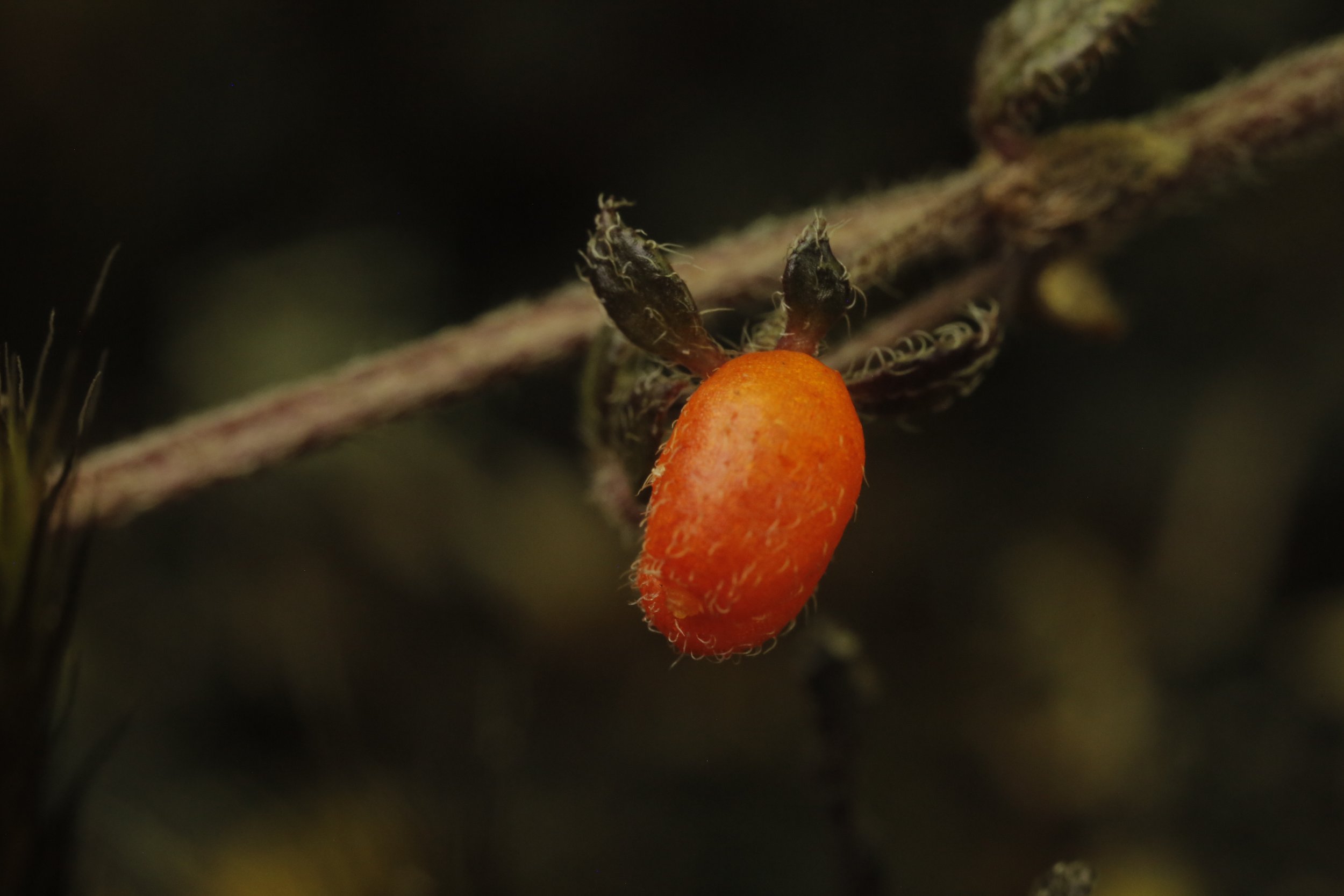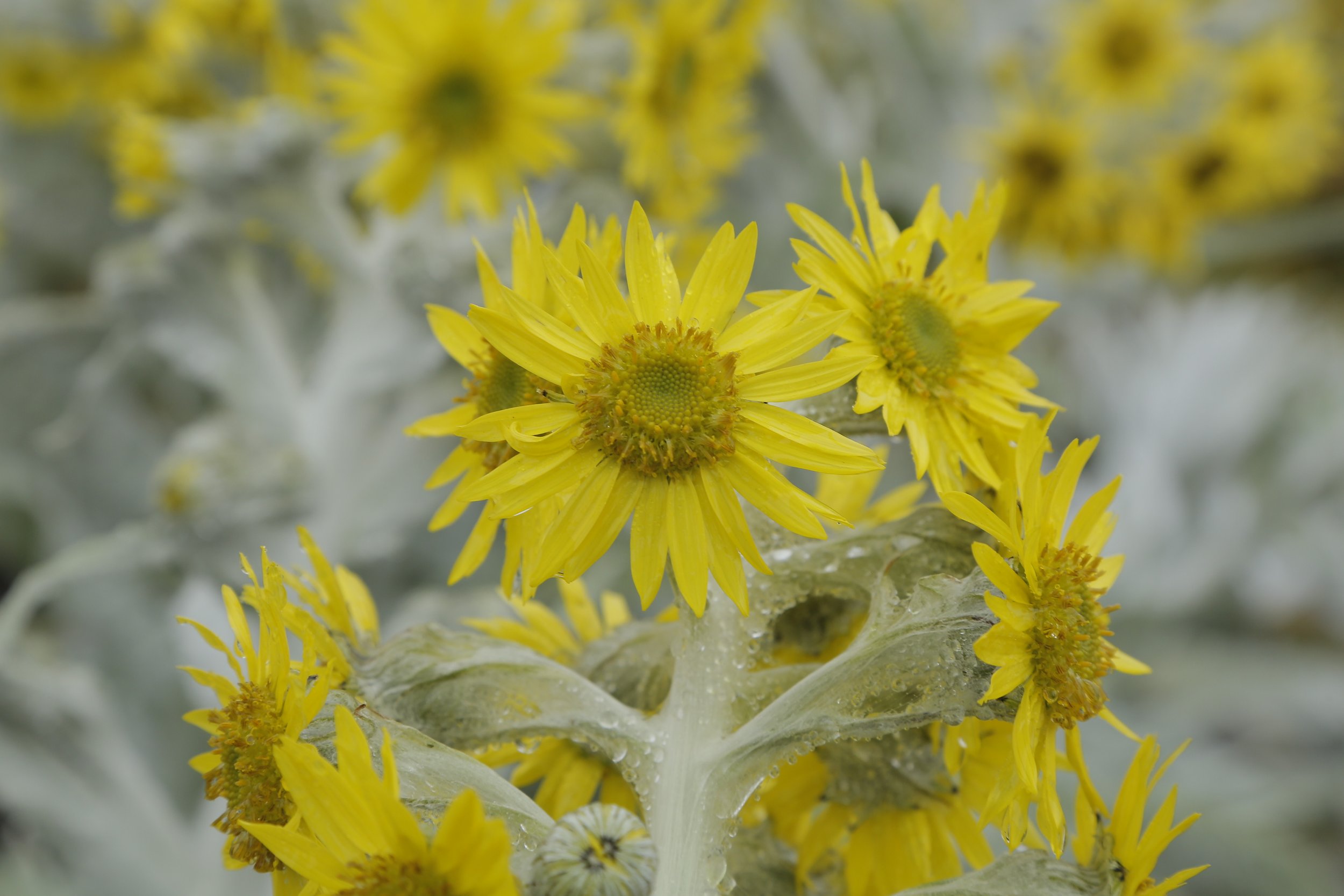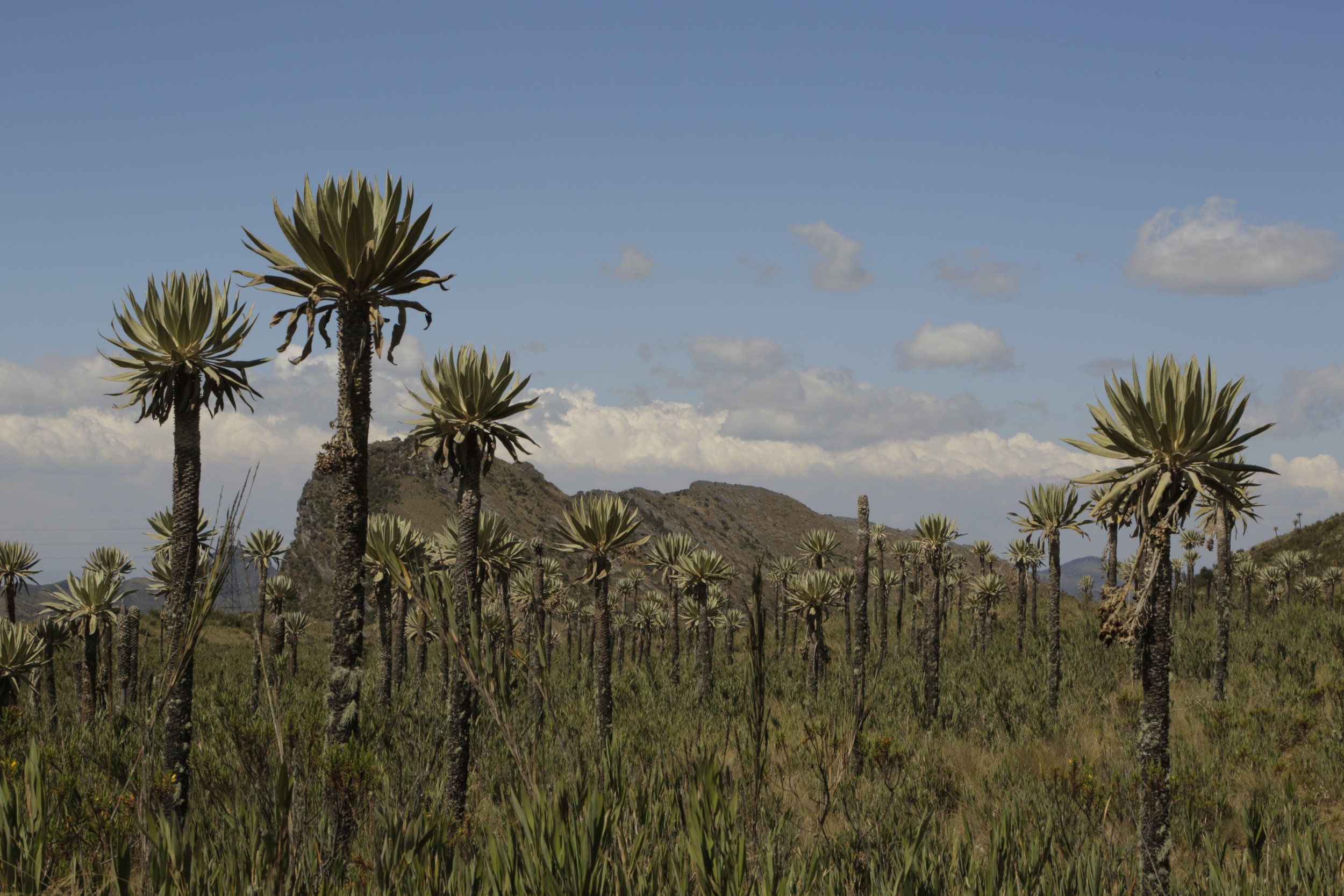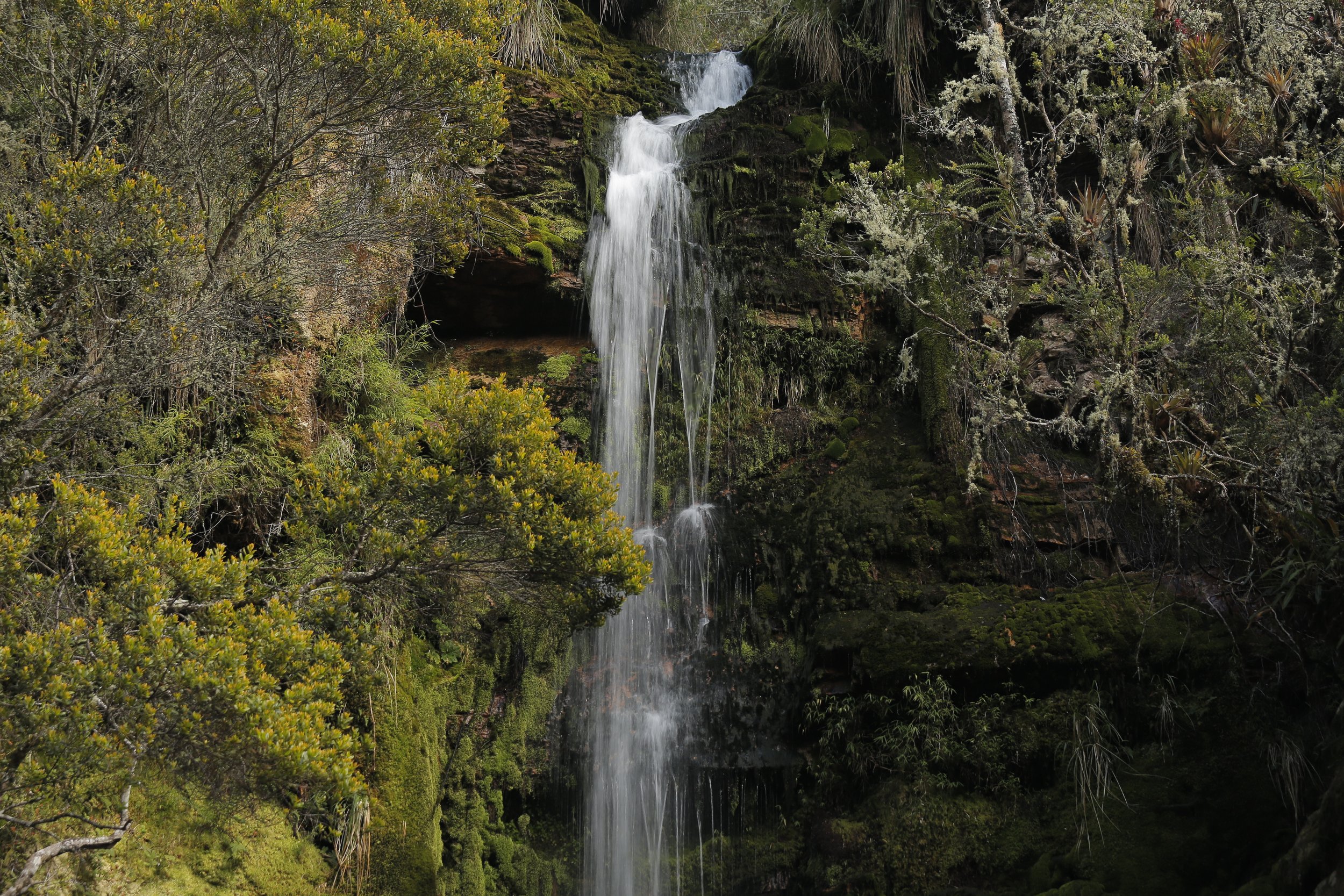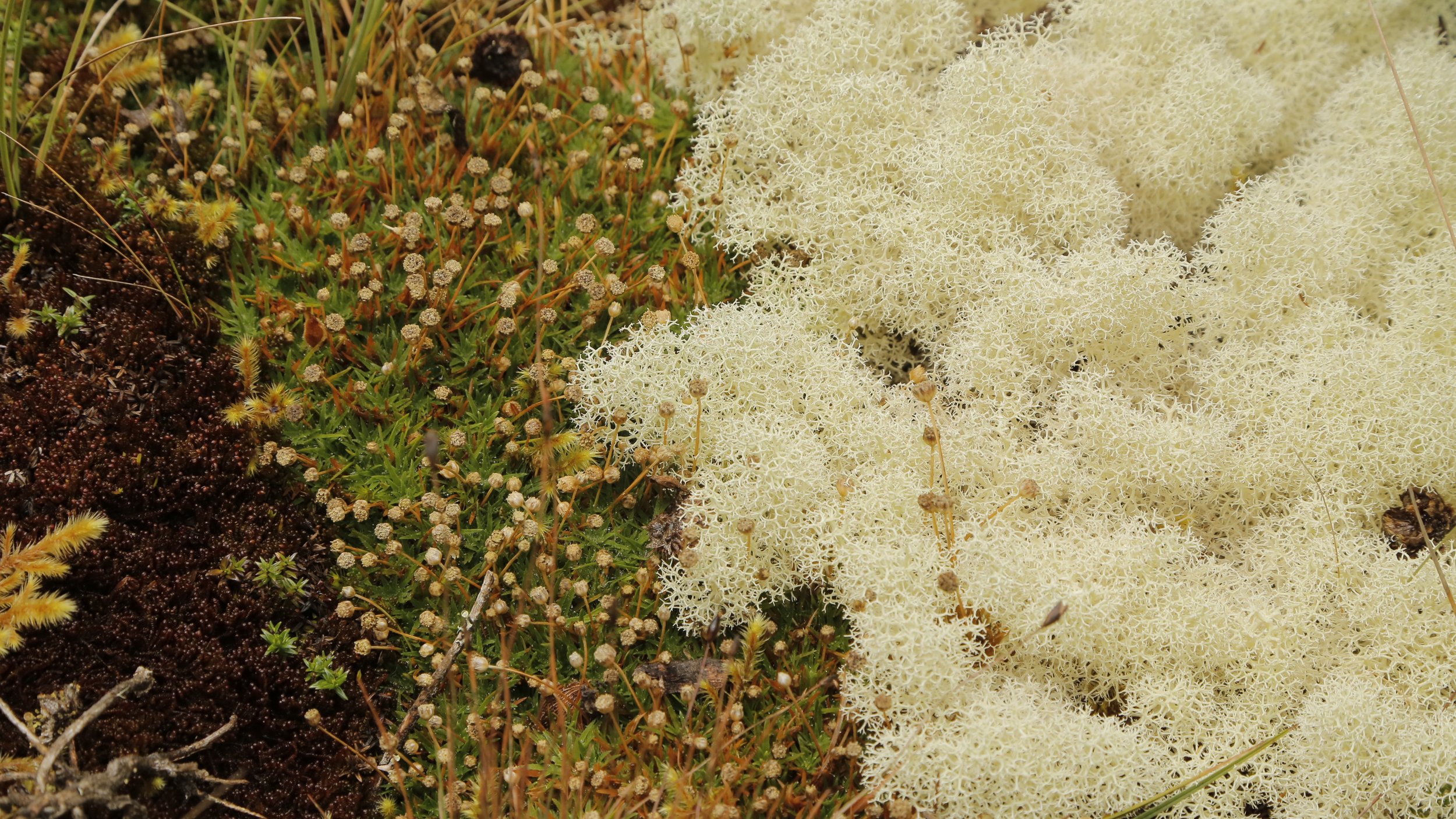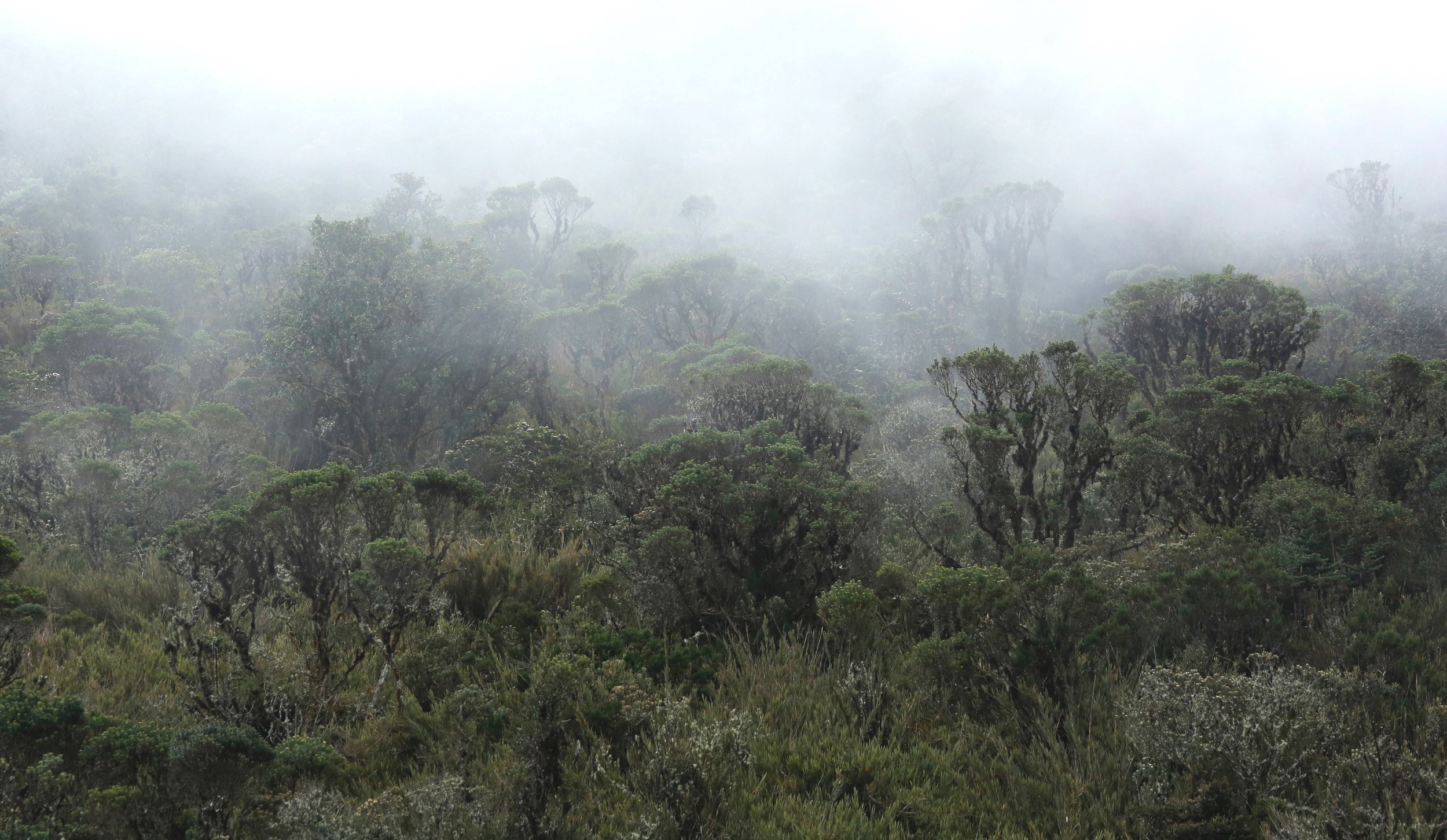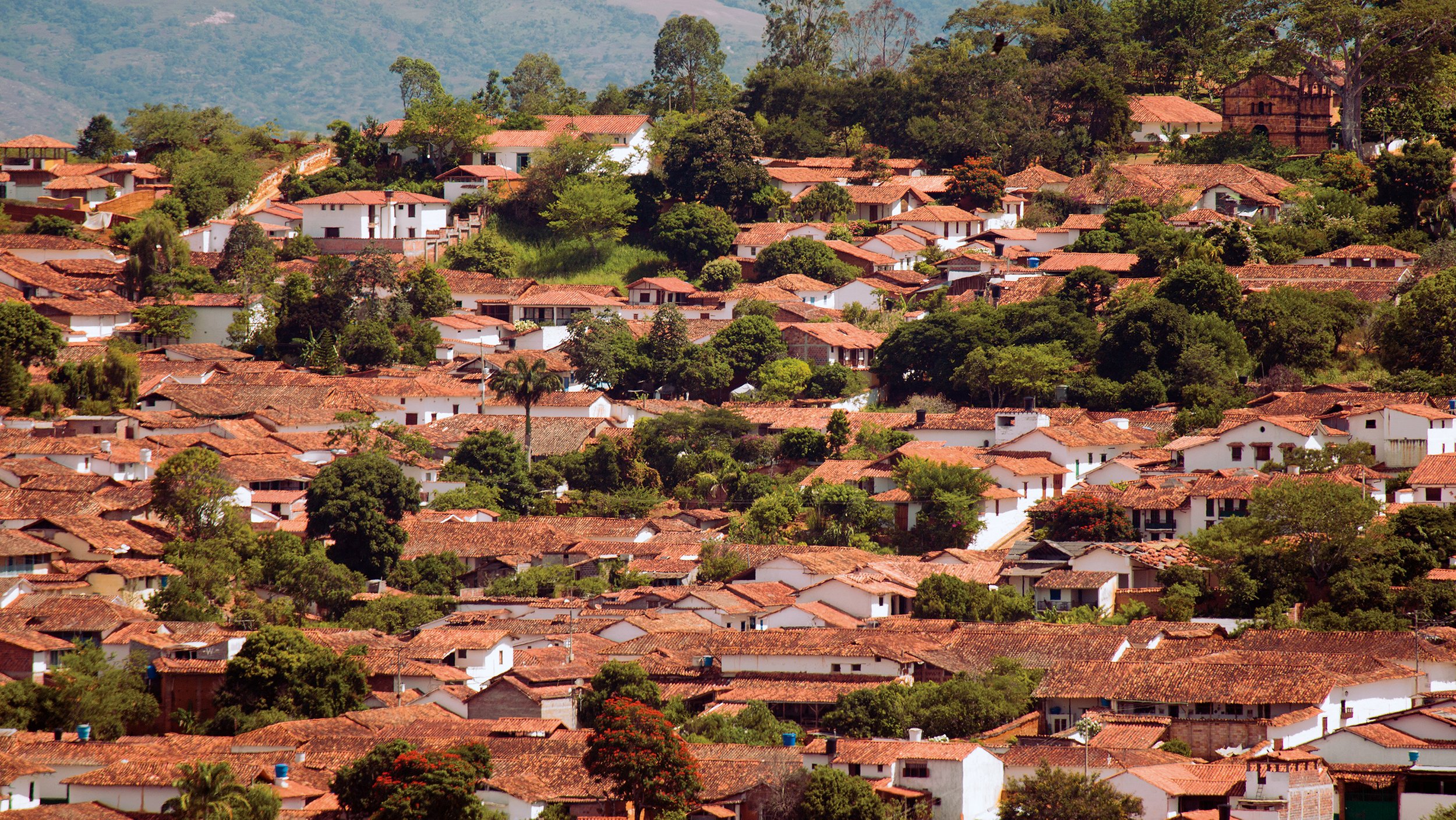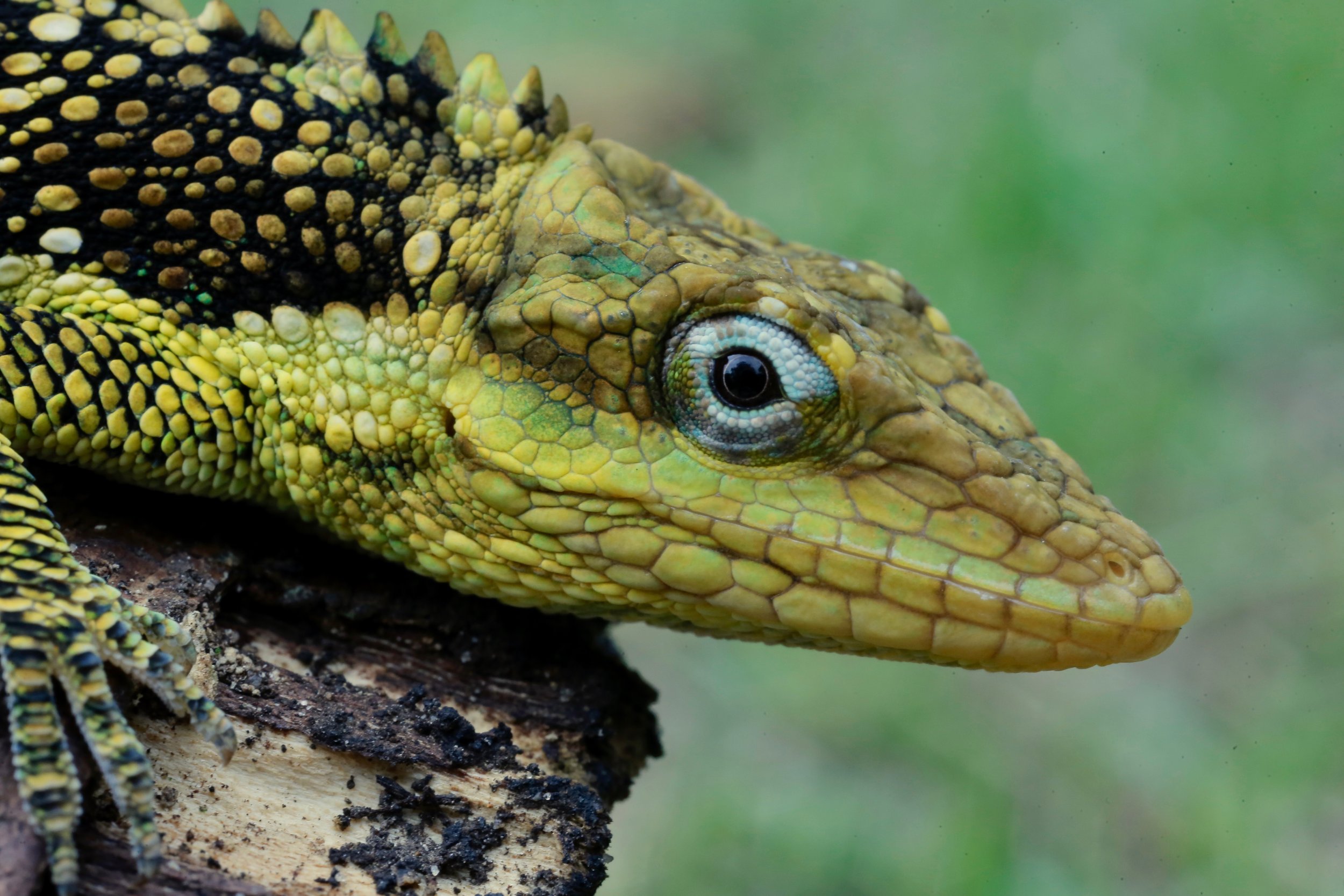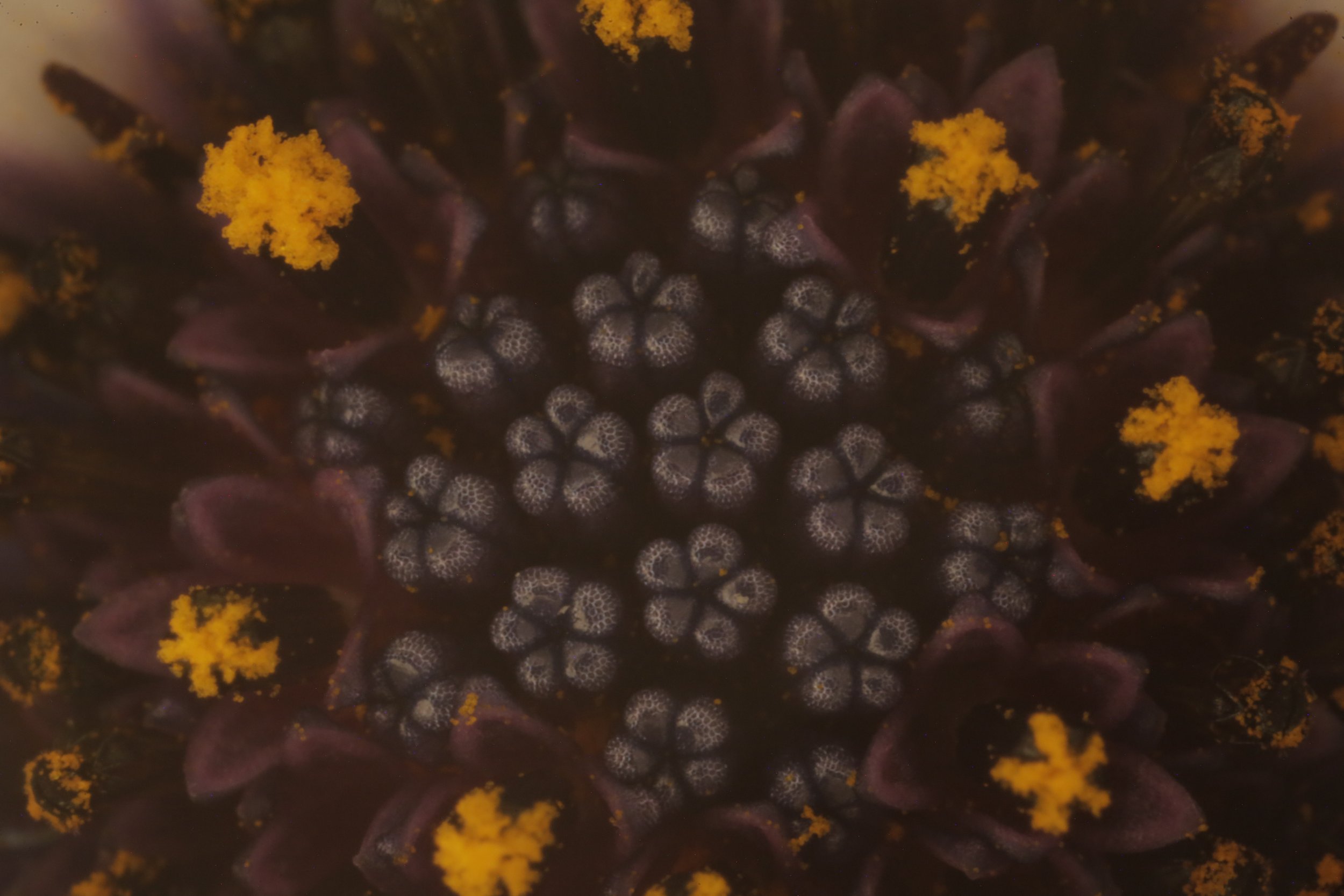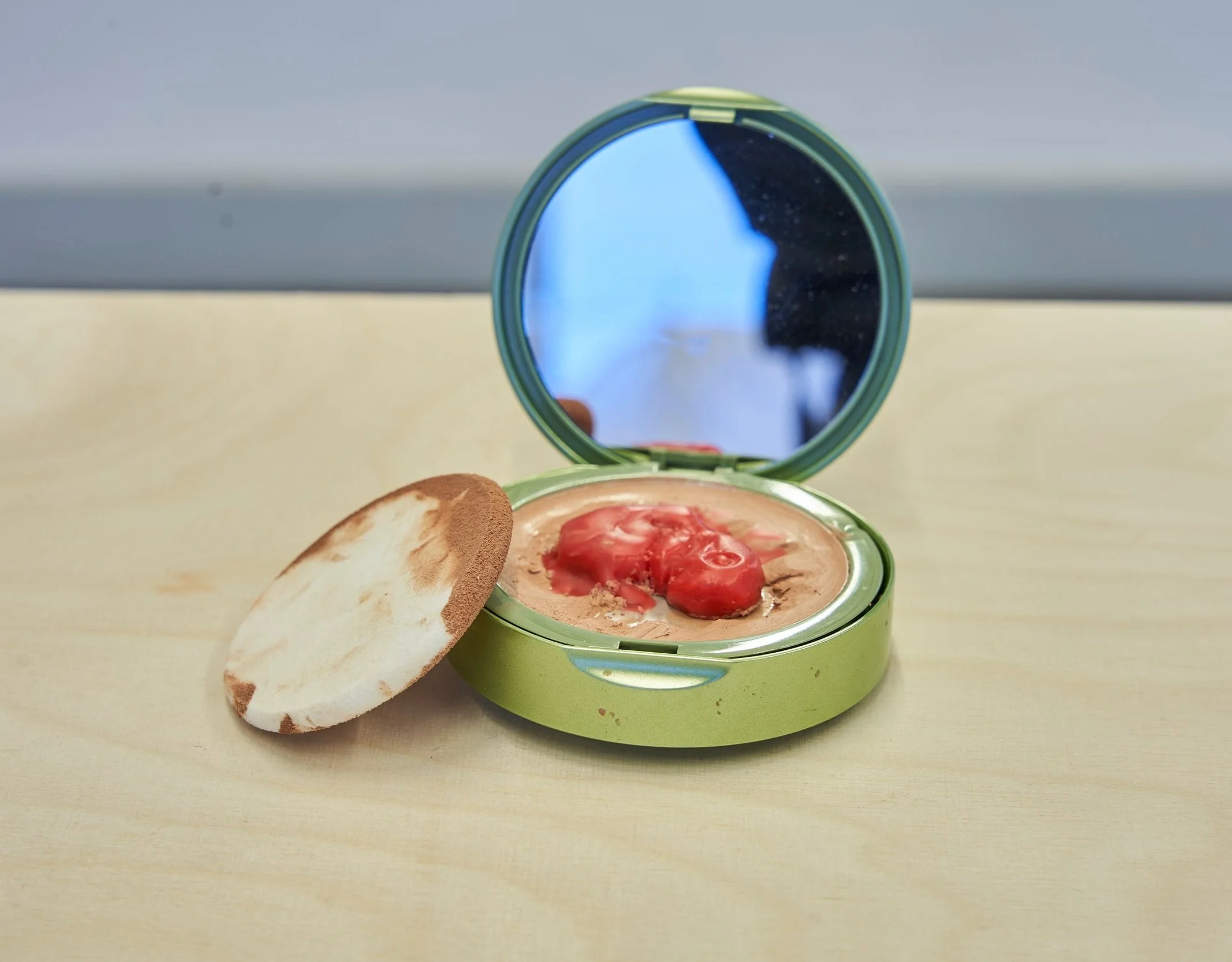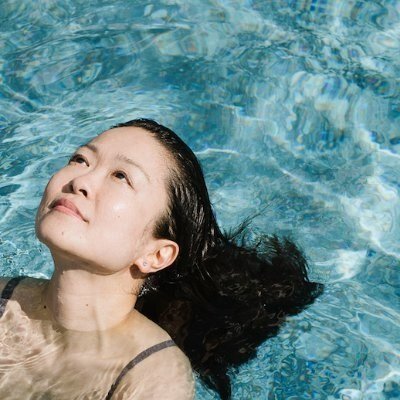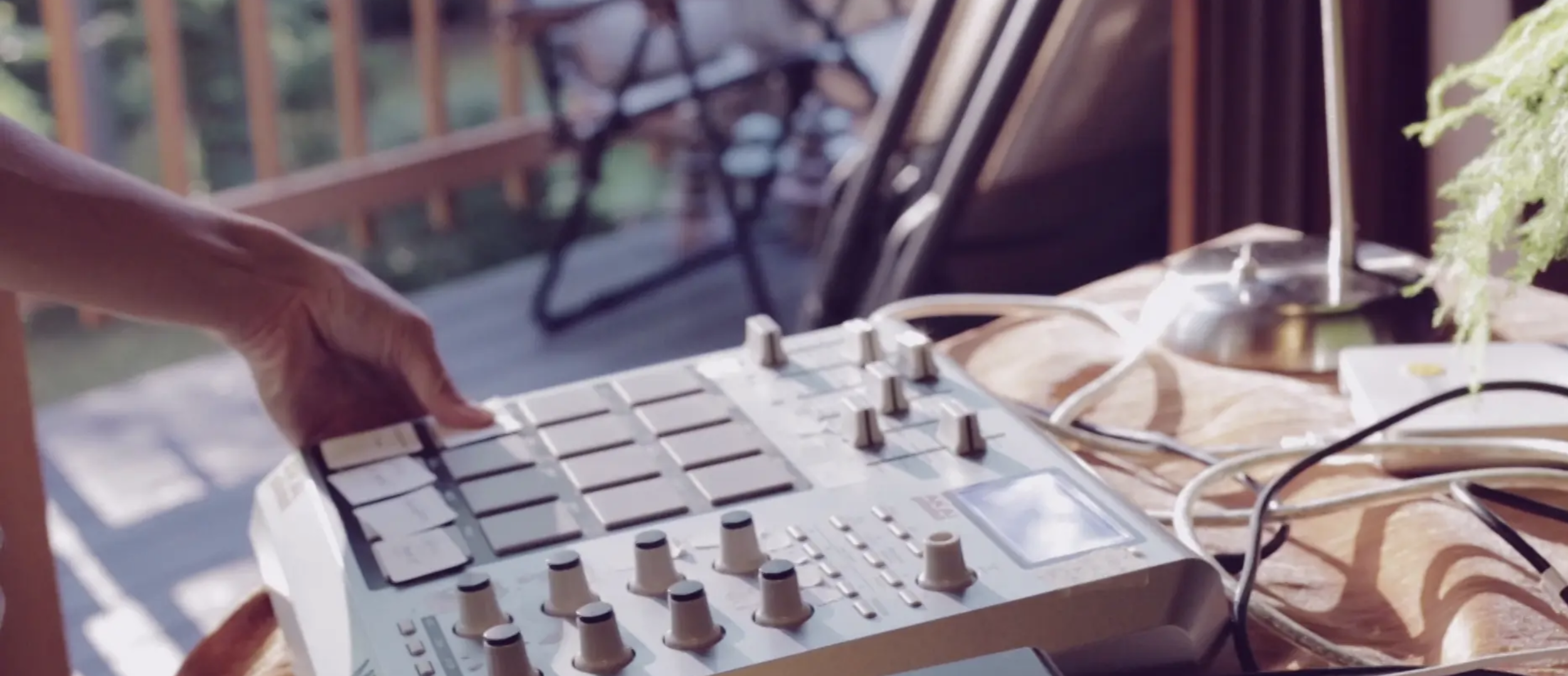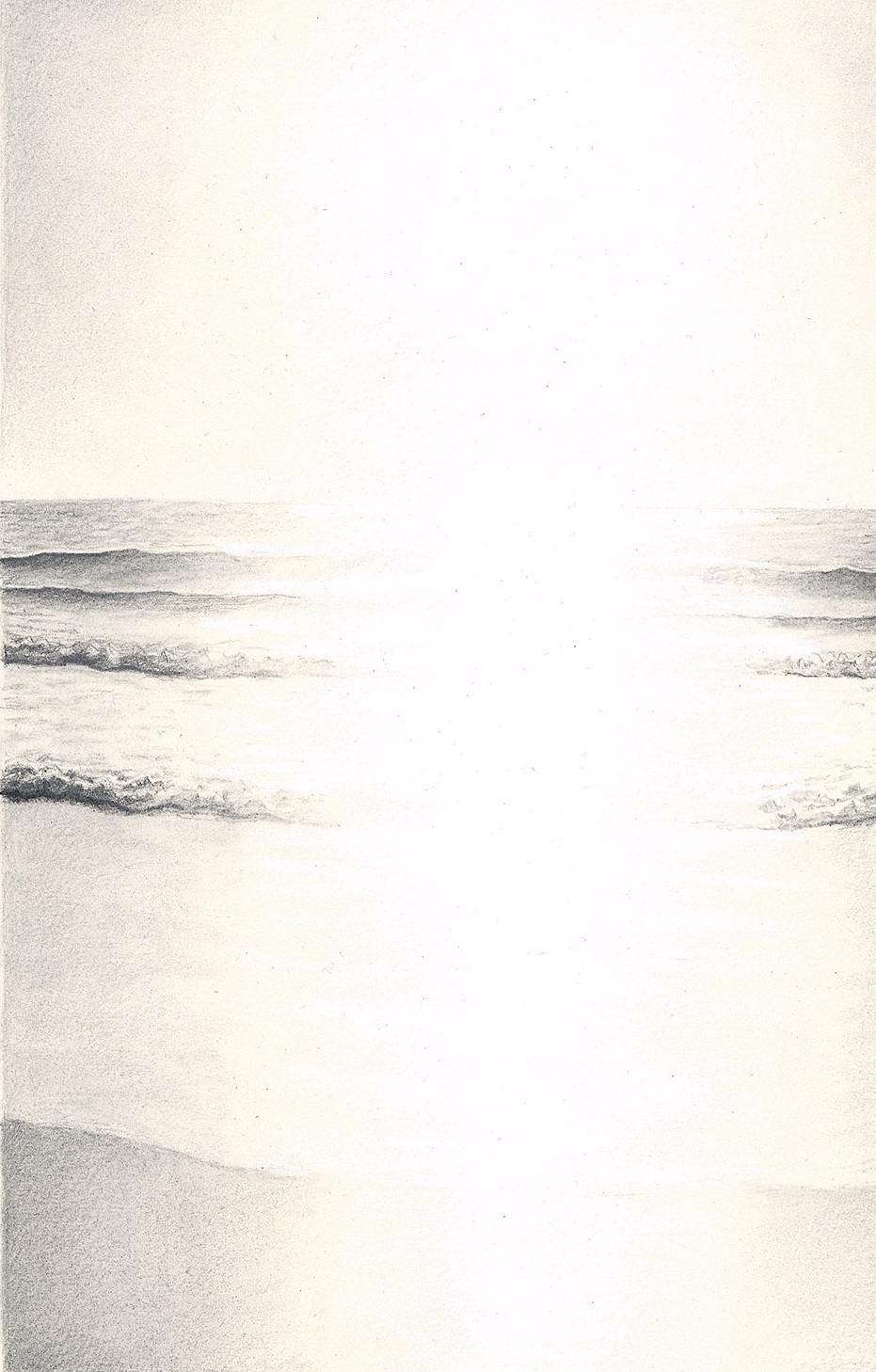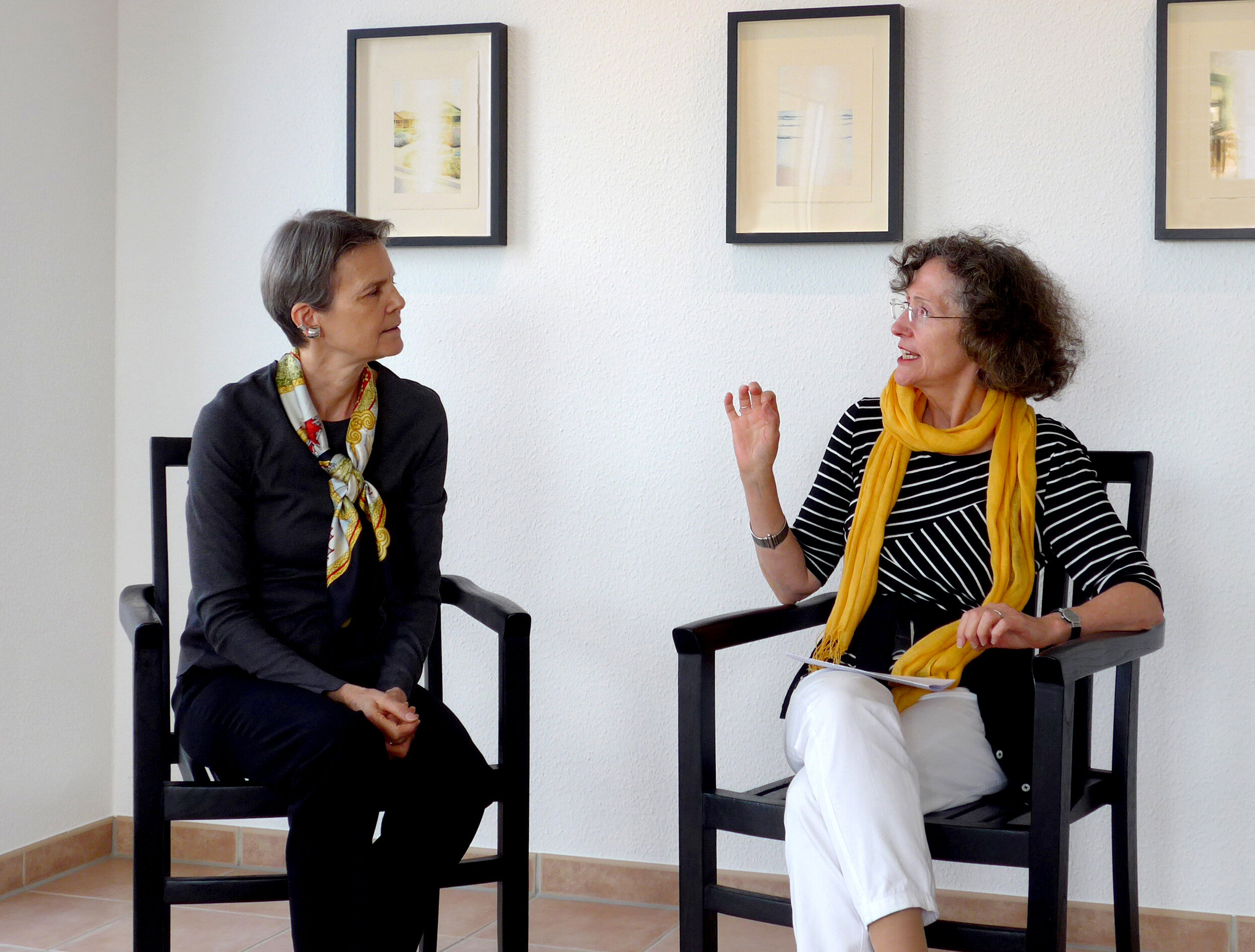Eduardo Restrepo
Colombian Eco-Photographer
In April 2022, galerie PLUTO director Dr Jeremy Wasser interviewed Colombian photographer and filmmaker Eduardo Restrepo and his son and guitarist Julián Restrepo. The interview, held in Köln, Germany, highlighted Eduardo Restrepo's lifetime work in the Colombian Highlands and his commitment to the ecosystems and peoples of his homeland.
In the summer of 2023, galerie PLUTO worked with Eduardo Restrepo and Julián Restrepo to provide additional resources and information in support of the previous interview. From these collaborations, a two-part interview and photography video were produced. Learn about the talented and well-traveled Eduardo Restrepo in his own words in “In Conversation with…Eduardo Restrepo.”
We met Eduardo through his son, guitarist Julián Restrepo whose live contemporary classical guitar performance was paired with artist Marina Moevs at galerie PLUTO. View Julián’s Summer 2021 interview. The photographs above we taken by Eduardo Restrepo.
Recorded during Eduardo’s trip to Köln, Germany, the interview provides insight into Eduardo’s personal story including his early struggle to save indigenous wildlands before climate consciousness was fashionable.
"Con el tiempo tuve muchas experiencias pero filmando ecológica y la naturaleza es mi pasión. Trabajando en esta área me di cuenta de la importancia de los páramos y el agua.”
- Eduardo Restrepo, Filmmaker / Photographer
English translation: “I’ve had a multitude of experiences in my career but filming ecology and nature is my passion. It was working in this field that made me realize the importance of water and the alpine tundra ecosystems.”

